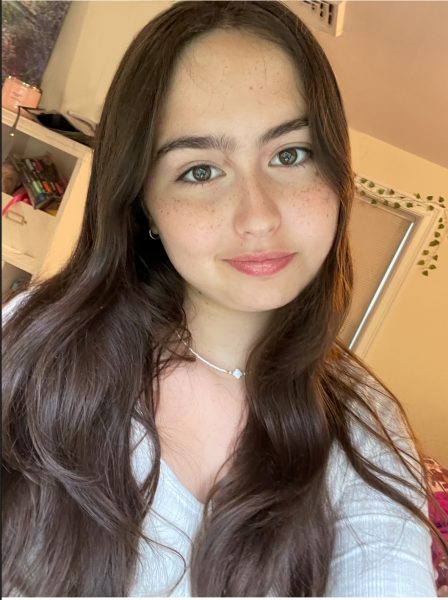Technological innovation has fundamentally altered the human way of creating.
Creativity, once defined as a solely sentient trait, has been hijacked by technology, blurring the line between art and artificiality.
According to The New York Times, the first ever artificially generated portrait sold for $432,500, 40 times more than its original estimate. This “portrait” drew the attention of various news sources, as it displayed a potential profit with the usage of artificial intelligence in art for the first time. Suddenly, people did not need experience or hours of practice to be successful; a simple command could generate a painting and revenue.
Advertisements now utilize artificial intelligence to cut production costs. Recently, Coca-Cola launched its anniversary promotion solely using AI. Instead of hiring actual artists to create an authentic piece and pay tribute to the 1995 commercial they based it on, the company decided to take the less expensive route. Coca-Cola immediately faced backlash for this use of AI as it frustrated countless artists who felt threatened by the use of artificial intelligence over actual people.
In addition to sacrificing experienced artists for monetary benefits, artificial generators also bring other changes.
AI destroys authenticity and sentiment.
A study conducted by Semir Zerik, the chair in neuroaesthetics at University College London, showed that when viewing art that people perceived as beautiful, the experience replicated the sensation of gazing at a loved one, creating a 10 percent increase in blood flow to the medial orbitofrontal cortex (which controls the feelings of pleasure and desire). The superficiality of AI art loses that beauty, as it tends to ignore the emotional content.
AI art does not have the same abilities as real art. It cannot evoke emotions, as the generated pieces themself have none. Art is a form of expression; generators do not have feelings they can express. Instead, they just portray a simple command. This expression belongs to humans alone. Beauty elicits emotions. Artificial intelligence cannot put human emotions into their pieces. Thus, people can only find artistic beauty in genuine artwork.
When “creating” a piece, the program does not make thoughts; it holds no emotional value to what it produces. This completely differentiates human and robotic art. The process of creation makes it so admirable, seeing the decisions an artist made and observing the hours’ worth of strokes on a canvas they painted defines true art. AI following a simple sentence can never understand this procedure.
In today’s society, many refer to artificially produced pictures as “AI art” yet they classify more as program output. The generators are mere algorithms, searching through actual art to attempt to collage and consolidate something to fit a command.
The Interaction Design Foundation highlights an AI model called Unsupervised that solely uses data from the Museum of Modern Art (MoMA) to generate its own abstract pictures. Many view plagiarism as an extreme offense, punishing those who steal from another; however, these ethics seem to vanish in the face of AI.
Suddenly, copying from a plethora of artists at a time has no moral implications or consequences. Now, society has allowed stealing to lose all its consequences when a machine steals from others.
AI replaces nuance with simplicity, beauty with efficiency, and creation with mere programs.
Artificial pictures deserve their own classification, separate from art. A compromise must form between the two communities, as they both impact each other. Just as schools do not allow students to submit artificially generated pieces, the rest of society should not either. Society needs to call those using AI generators programmers instead of artists.
True artists are sentient; creation can not derive from a command.


